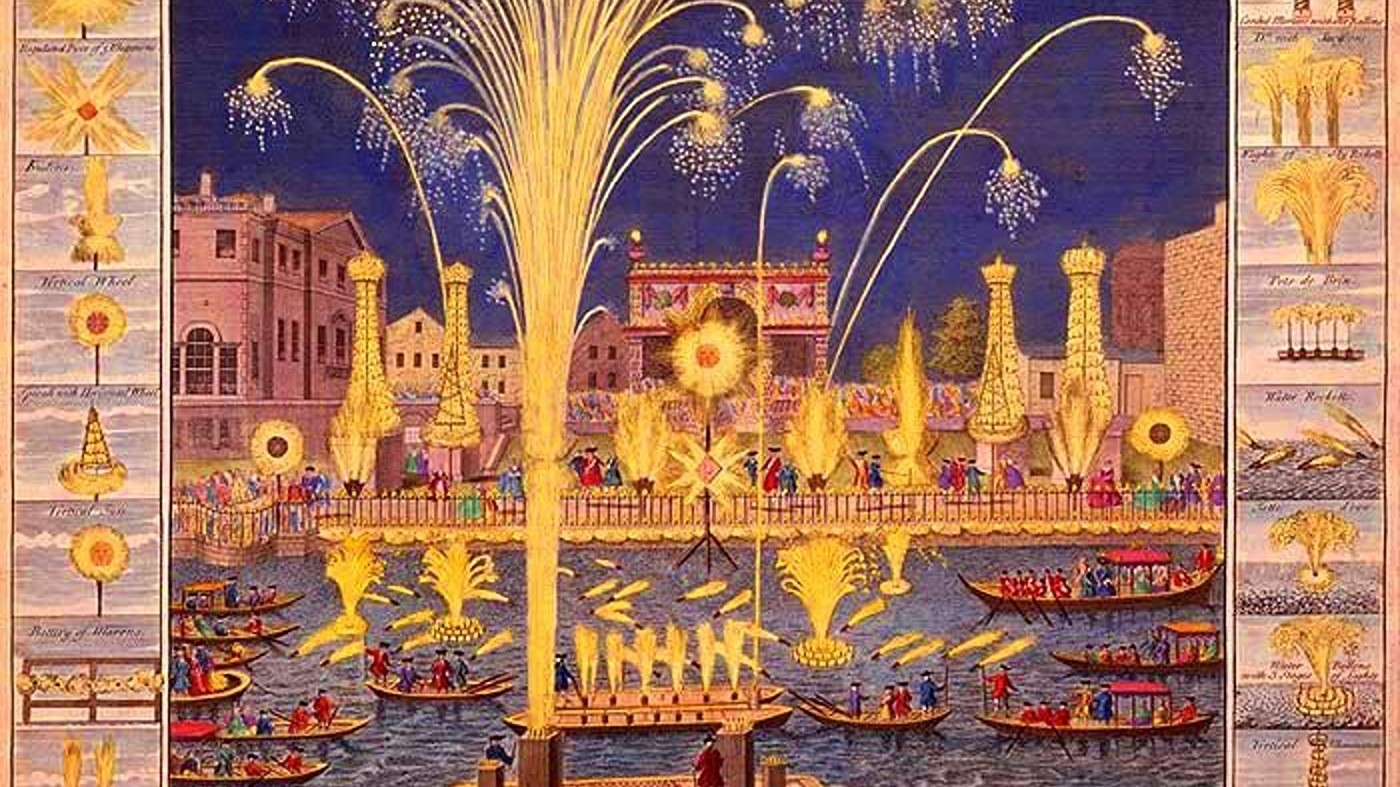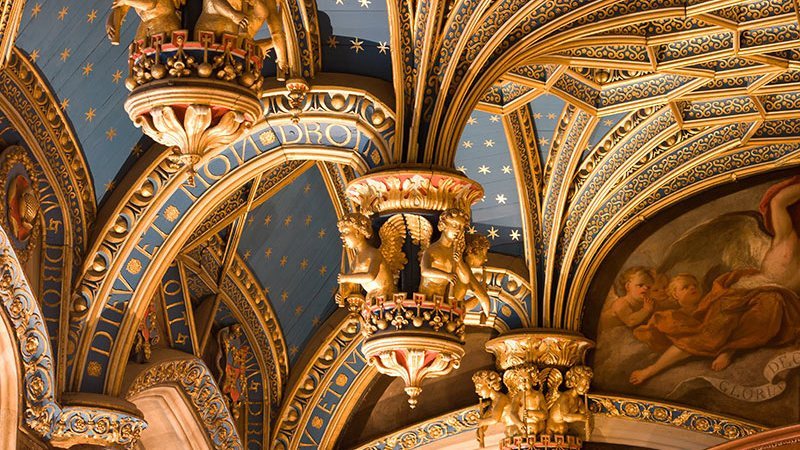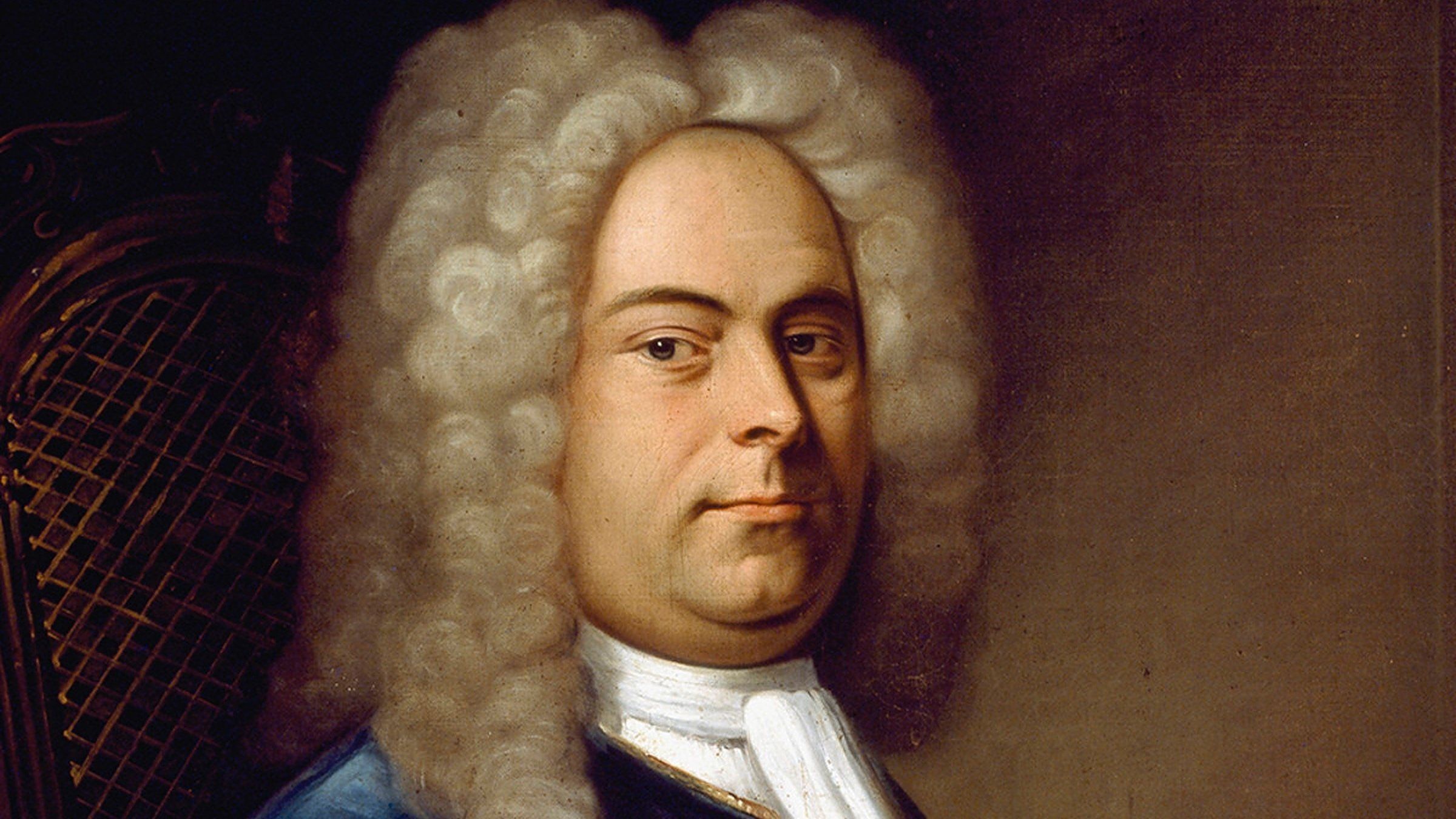Remembering Steve Davislim
Steve Davislim, the renowned operatic tenor, passed away “after a prolonged illness” last Sunday, August 11. He was 57. Born in Malaysia to a Chinese father and Irish mother, Davislim moved with his family to Australia shortly after birth. In later years, he settled in Vienna, Austria. In a statement, Davislim’s manager wrote, Steve was a man of great humanity and keen intellect who possessed a voice of rare beauty and facility. …






